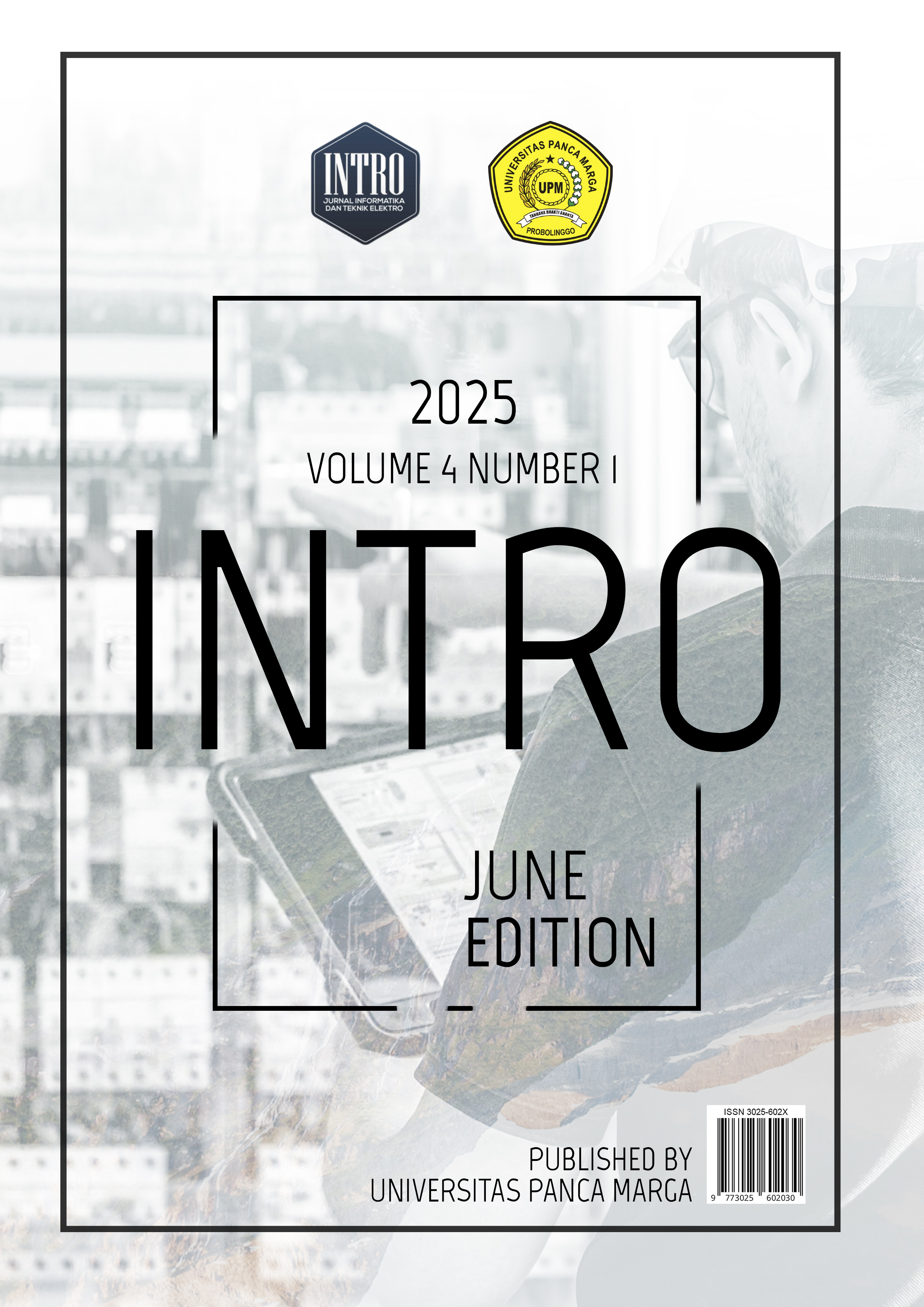Analysis of Earth Leakage Circuit Breaker (ELCB) Installation in Electrical Systems in Laboratories to Improve Equipment Safety and Protection
DOI:
https://doi.org/10.51747/intro.v4i1.416Keywords:
Earth Leakage Circuit Breaker (ELCB), leakage current, electrical accidents, nuisance tripping, electrical protectionAbstract
This study aims to analyze the effectiveness of the Earth Leakage Circuit Breaker (ELCB) in enhancing electrical safety and reducing electrical accidents in laboratory environments. The testing was conducted through simulations using the MATLAB/Simulink platform, where a laboratory electrical system was modeled with ELCB installed to protect against leakage currents. The simulation results show that the installation of ELCB successfully reduced electrical accidents by 100% and interrupted the power supply with a very fast trip time, ranging from 0.2 to 0.5 seconds, at various leakage current levels. Additionally, although nuisance tripping occurred during current fluctuation disturbances, ELCB still provided effective protection for the electrical system. The study also analyzes the installation and maintenance costs of ELCB, which are higher than other protection systems but provide better protection. The findings conclude that ELCB is a worthwhile investment for electrical systems in laboratories prone to leakage currents.
Downloads
Published
Issue
Section
License
Copyright (c) 2025 INTRO : Journal Informatika dan Teknik Elektro

This work is licensed under a Creative Commons Attribution-NonCommercial 4.0 International License.


